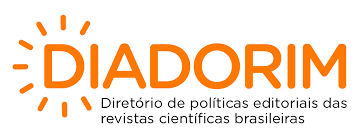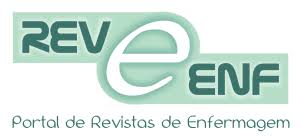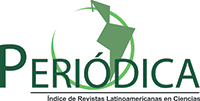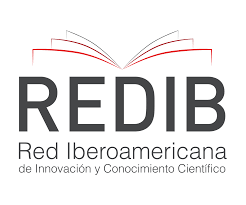Building of a computerized nursing prescription for an ICU
DOI:
https://doi.org/10.5380/ce.v9i1.1706Keywords:
Nursing Process, Team Building, Computerized Prescription, Intervention Protocols.Abstract
Nursing Process (NP) contributes for
the consolidation of the profession as the science of
caring. This study describes the team construction
of a Computerized Nursing Prescription (CNP)
focusing on intervention protocols. The aim is to
present the way that a methodological work
instrument has been built, through the reality
awareness as well as individuals’ interaction. It
suggests a simplified model to operate NP, aiming
to meet academic as well as hospital needs, by
means of approaching theory/practice and attention
to the wholeness claimed by the National Health
System (Sistema Único de Saúde/ SUS, in
Portuguese). It approaches Systematization of
Nursing Practice (SNP) and NP, besides their
complementariness in their merge, inside working
organization. NP model is grounded by Wanda
Horta’s theory which entails three steps: history,
evaluation and computerized prescription.
Intervention access to the computerized system is
effected by the selection of nursing problem(s) in
affected body subsystems. The methodological
approach used was the converging-practical
research among the ICU nursing team of a Teaching
Hospital, and the following steps were followed in
order to build the protocols and implement the CNP:
reality awareness, systematic observation and
document survey; individual making of protocols, with
bibliographic review; team building by means of the
strategic review of protocols by the nurses. As a
result, 177 interventions were obtained for 64
problems. The study evidences the feasibility for the
adoption of NP and the use of CNP, which are
fundamental for valuing and organizing nursing tasks.
Downloads
How to Cite
Issue
Section
License
Cogitare Enfermagem reserves the right to make normative, orthographic, and grammatical changes to the published article to maintain the cultured standard of the language, while respecting the authors' style.
The published study is the sole responsibility of the author(s), and Cogitare Enfermagem is exclusively responsible for evaluating the manuscript as a scientific publication vehicle. Revista Cogitare Enfermagem is not responsible for any violations of Law No. 9,610/1998, the Brazilian Copyright Law.
Cogitare Enfermagem allows the author to hold the copyright of articles accepted for publication, without restrictions.
The articles published are licensed under the Creative Commons license CC BY 4.0 Creative Commons - Attribution 4.0 International - CC BY 4.0 - The attribution adopted by Cogitare Enfermagem is permitted:
- Share - copy and redistribute the material in any media or format.
- Adapt - remix, transform and build upon the material for any purpose, even commercially.
- Attribution - You must give proper credit, provide a link to the license, and indicate if changes have been made. You may do this in any reasonable way, but not in a way that suggests that the licensor endorses it or approves of its use.
- No additional restrictions - You may not apply legal terms or technological measures that legally restrict others from doing something that the license allows.






















